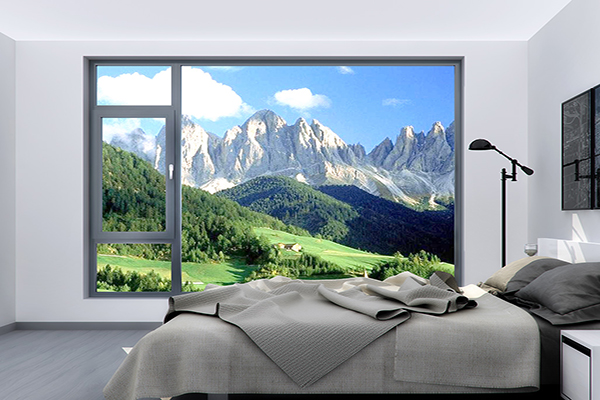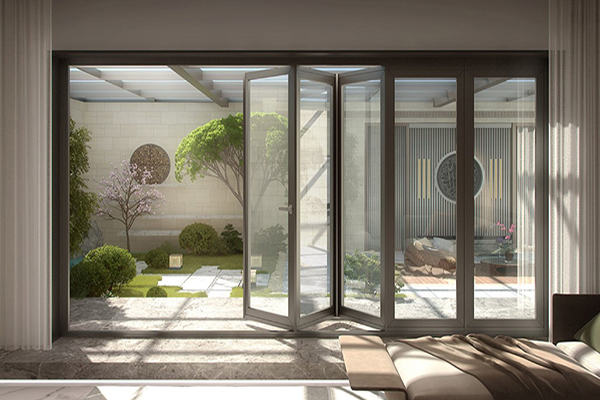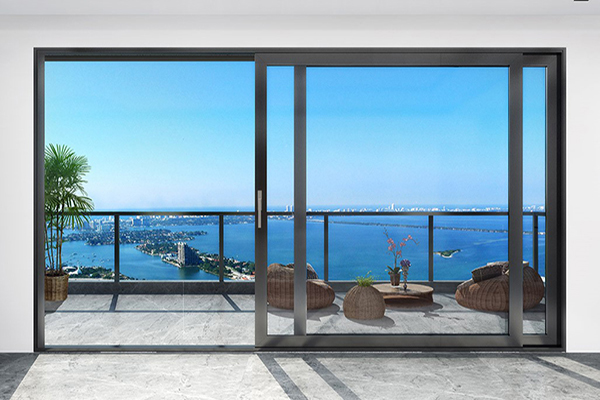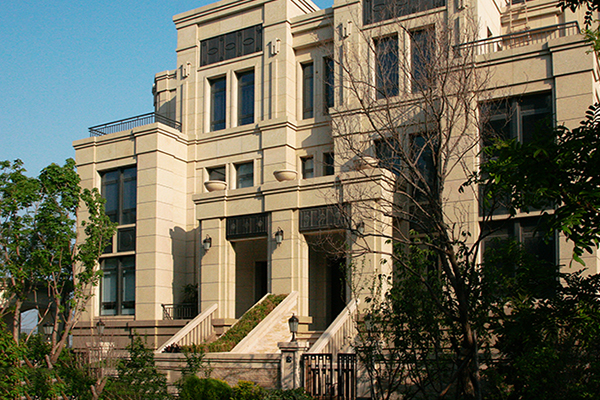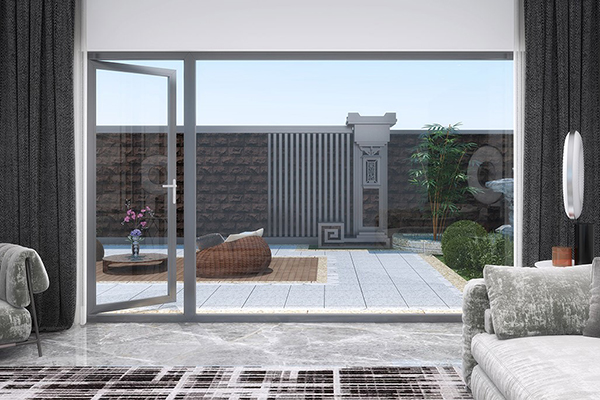What is the difference between ordinary aluminium alloy doors and windows and broken bridge aluminium doors and windows in terms of energy saving?
Thermal conductivity
Ordinary aluminium alloy doors and windows: ordinary aluminium alloy is a good conductor of heat. There is no heat-insulating design in the window frame part, and heat can be easily conducted from indoor to outdoor or from outdoor to indoor through the aluminium alloy window frame.
Broken-bridge aluminium windows and doors: Broken-bridge aluminium windows and doors interrupt the path of heat conduction by adding heat-insulating strips in the middle of the aluminium alloy. The heat-insulating strips are usually made of materials with low thermal conductivity such as nylon, which effectively reduces the heat conduction of the window frame. This is like putting a ‘bridge’ in the middle of the heat conduction ‘bridge’, which greatly reduces the heat transfer in the window frame part. For example, under the same environment of internal and external temperature difference, the broken bridge aluminium windows and doors can make the indoor temperature much less affected by the external temperature.
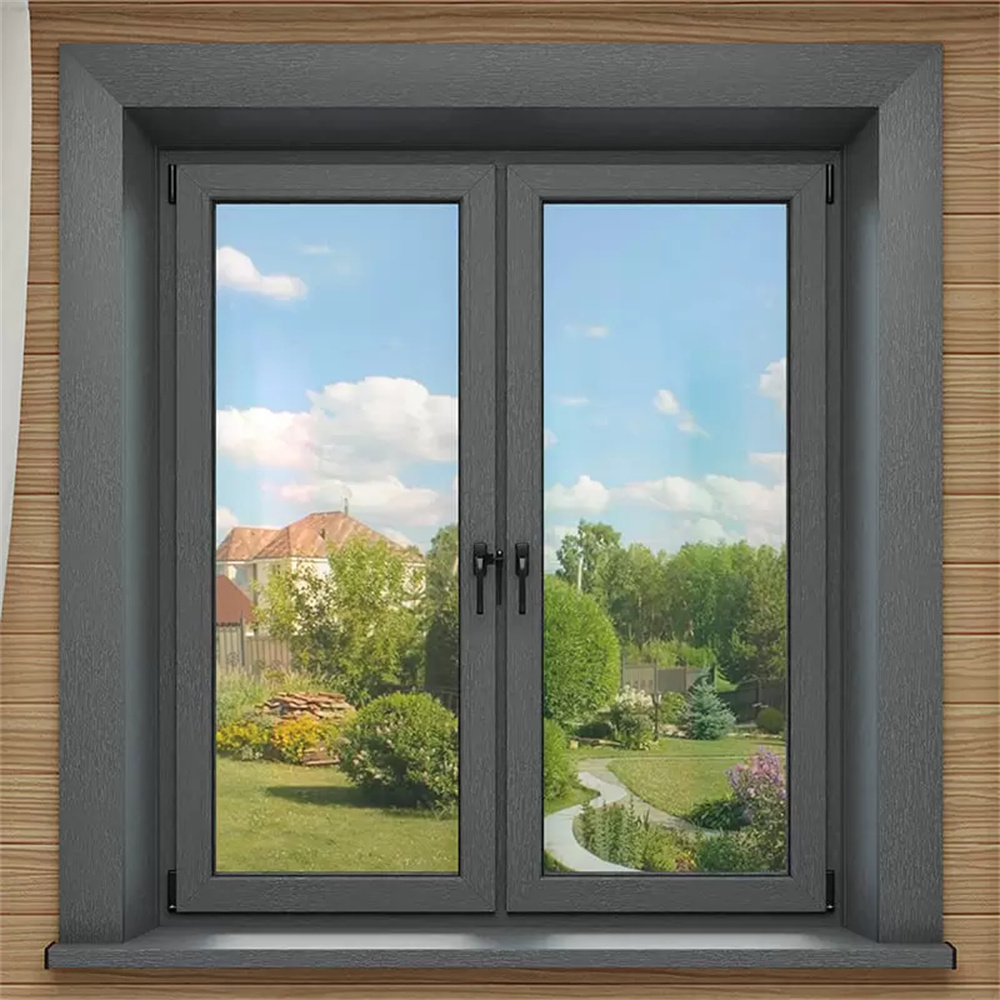
Sealing performance and heat convection
Ordinary aluminium alloy doors and windows: the sealing performance of ordinary aluminium alloy doors and windows is relatively weak. The sealing rubber strip between the door and window fan and the window frame may be of average quality, or the sealing structure is not well designed. This results in more air convection through the gaps even when the doors and windows are closed.
Broken-bridge aluminium doors and windows: Broken-bridge aluminium doors and windows usually use high-quality sealing rubber strips, such as EPDM rubber, which has good elasticity and sealing performance. And the sealing structure design of broken bridge aluminium doors and windows is also more delicate, such as the use of multi-channel sealing design. This can effectively reduce the air convection at the door and window gaps, and reduce the transfer of heat through convection. In the process of use, it can be clearly felt that the indoor and outdoor air exchange is reduced, and the heat exchange is also reduced.
Resistance to heat radiation
Ordinary aluminium alloy doors and windows: ordinary aluminium alloy doors and windows without special glass configuration, the ability to resist heat radiation is poor.
Aluminium windows and doors: Aluminium windows and doors can be equipped with a variety of high-performance glass, such as Low-E insulating glass, which is coated with multiple layers of metal or other compounds that can reflect and absorb infrared and other heat radiation, reducing the amount of heat radiated into the room. At the same time, the structure of insulating glass also helps to reduce heat transfer. In this way, when there is solar radiation and other conditions, the broken bridge aluminium windows and doors can better maintain the stability of the indoor temperature.


